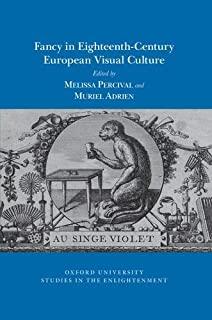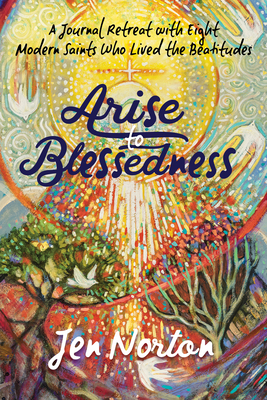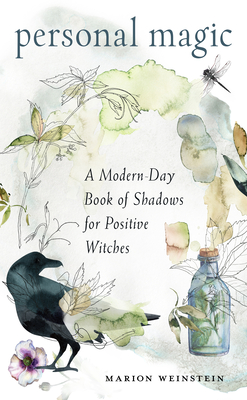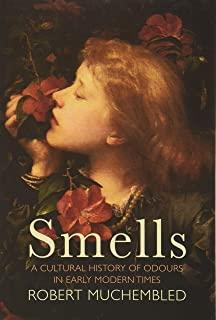
description
3Fancy in the eighteenth century was part of a rich semantic network, connecting wit, whimsicality, erotic desire, spontaneity, deviation from norms and triviality. It was also a contentious term, signifying excess, oddness and irrationality, liable to offend taste, reason and morals. This collection of essays foregrounds fancy - and its close synonym, caprice - as a distinct strand of the imagination in the period. As a prevalent, coherent and enduring concept in aesthetics and visual culture, it deserves a more prominent place in scholarly understanding than it has hitherto occupied. Fancy is here understood as a type of creative output that deviated from rules and relished artistic freedom. It was also a mode of audience response, entailing a high degree of imaginative engagement with playful, quirky artworks, generating pleasure, desire or anxiety. Emphasizing commonalities between visual productions in different media from diverse locations, the authors interrogate and celebrate the expressive freedom of fancy in European visual culture. Topics include: the seductive fictions of the fancy picture, Fragonard and galanterie, fancy in drawing manuals, pattern books and popular prints, fans and fancy goods, chinoiserie, excess and virtuality in garden design, Canaletto's British 'capricci', urban design in Madrid, and Goya's 'Caprichos'.
member goods
No member items were found under this heading.
listens & views

ESSENTIAL COLLECTION: BRITISH DANCE BANDS ...
by ESSENTIAL COLLECTION: BRITISH DANCE BANDS / VAR
COMPACT DISCout of stock
$17.49
Return Policy
All sales are final
Shipping
No special shipping considerations available.
Shipping fees determined at checkout.






